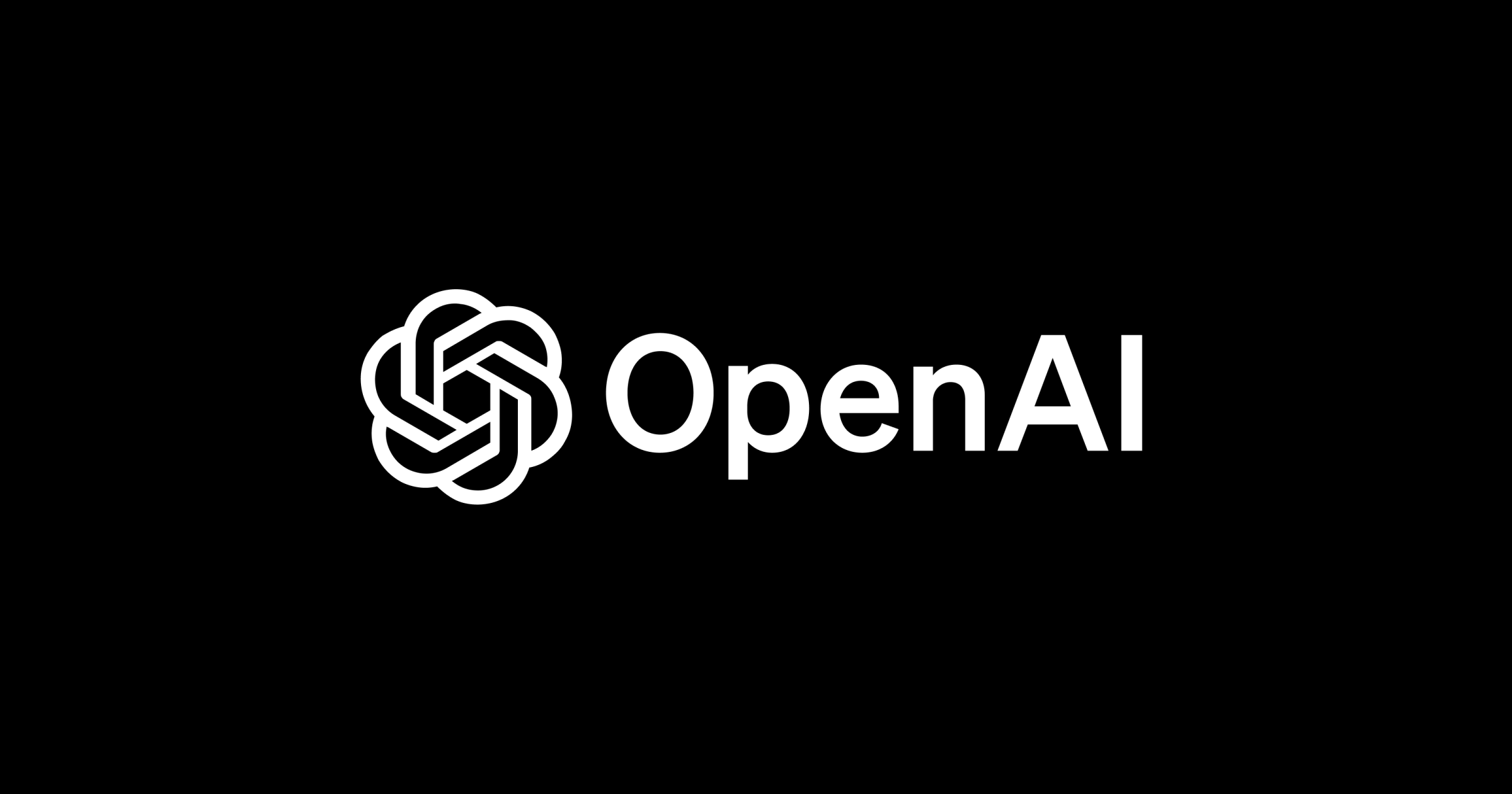PwC Says ChatGPT API is Generative AI’s ‘Killer App’ – and 9 Other Insights
PricewaterhouseCoopers has a 3-year plan to invest $1 billion in Generative AI. IDN spoke with PwC’s Generative AI GTM leader Bret Greenstein to learn why PwC thinks ChatGPT API is the “killer app” for Generative AI. We also learned 9 more of PcW's AI insights for 2023 and beyond.
by Vance McCarthy
Tags: AI, APIs, Chat GPT, data scientist, OpenAI, PricewaterhouseCoopers, prompt, PwC, unstructured data,

Generative AI GTM leader

"ChatGPT brought awareness, but the ChatGPT API is the killer app [because] you can programmatically interface with it."
 Integration Powers Digital Transformation for APIs, Apps, Data & Cloud
Integration Powers Digital Transformation for APIs, Apps, Data & CloudAugust 24, 2023
PricewaterhouseCoopers plans to invest $1 billion in Generative AI over the next three years.
The investment includes cooperative agreements with Microsoft and OpenAI to explore tools, technologies, and best practices. PwC’s Generative AI GTM leader Bret Greenstein told IDN in an exclusive interview.
IDN sat down for a conversation with Greenstein, where he shared why PwC thinks ChatGPT API is Generative AI’s “killer app” (item #6) – along with 9 other amazing AI insights.
#1. AI Still Needs a Good Data Scientist - Even with ChatGPT
“Thanks to ChatGPT everybody now thinks they are an AI expert suddenly – all because they could write a prompt and get an answer,” Greenstein told IDN. He'd like to correct that misconception.
"It’s just not the case. You still need to be a good data scientist and have deeper skills to get business value from AI.” And while Greenstein admits lay users can get great reuslts from ChatGPT, Generative AI has a lot more to offer. And that's because of its new-found power to work with and understand unstructured data.
But tapping the value of unstructured data takes specialized skills, he said, including:
- Unstructured data engineering work
- Data science work
- Optimization work around outcomes.
- Getting accuracy
“It's not about prompting [alone], but about understanding how a large language model works. You have to know how all these things work together," Greenstein said. "So, it's still just as hard as it was before. But, what’s different is AI is more capable of a wider set of things."
This ability to work with unstructured data deserves more attention.

#2. Why AI is Poised (Finally) To Unlock Value of Unstructured Data
In 2023 and 2024, data scientists will see long-dreamt-of progress for how to work with unstructured data, Greenstein said. He explains it this way:
Prior to ChatGPT, big data and AI professionals endured a growing (and painful) gap between working with structured data versus unstructured data. “While structured data was modernizing all around us, unstructured data was still a really painful problem, and wasn't getting really well-addressed,” Greenstein said.
What made this "gap" between structured and unstructured data most frustrating to Greenstein was the fact that “unstructured data makes up the bulk of the knowledge and stuff that we all produce every day,” and includes contracts, insurance policies, medical reports and hundreds more examples.
But things began to change two years ago with GPT-3, he said. "GPT-3 was probably the real tipping point and it unlocked a lot of unstructured data,” he said. This was thanks mainly to a broader availability of large language models GPT-3 brought along.
In speciifc, GPT-3 and GPT-4 models provide a more intuitive and intelligent ways to work with such text data, he noted. “Suddenly you could look for things with ‘intent’ rather than ‘precision,' and this just opened up everything. We began doing a lot of [AI] work with clients in almost every sector. We were very excited.”
But, for all the good news coming to end users, concerns were mounting for IT.
#3. ChatGPT Is Triggering IT Concerns – (3 At Least)
Before ChatGPT, AI largely was in the realm of data scientists and AI professionals. But after ChatGPT exploded on the scene in the fall of 2022, the shift was on away from data scientsts to regular knowldge workers.
With ChatGPT, the new question for enterprise managers became: How do we make this accessible to a large number of people?' At that point, "IT really, really became urgently involved. AI became an IT concern,” he said, noting IT concerns spanned 3 main areaa.
- Infrastructure,
- Security and
- How do we keep up with all the internal demand to use ChatGPT
PwC has a series of AI-centric solutions to help IT adddress such concerns. For example, PwC’s “Responsible AI framework” aims to bring security and governance to AI projects and set up guardrails and best practices to mitigate risks and maximize value.
Tapping into ChatGPT's value starts with a simple formula.
#4. ChatGPT’s ‘Good Stuff’ Has a Simple Formula
In the weeks after ChatGPT rolled out, use cases exploded. "They were all over Twitter, Reddit, and everywhere else," Greenstein said.
“Everyone who had a job was trying to use the public system to do something that made their job appear faster,” he said. “Technologists, we're running around showing people code in SQL queries. Marketing people were showing each other how they could do press releases and web pages.”
And, in fact, ChatGPT produced “good stuff,” answering questions like:
Can you generate a proposal?
Can you generate code?
Can you document code?
Can you build user stories?
Can you write emails?
Can you write a summary?
Can you write a blog or press release?
At its heart, ChatGPT had a simple formula for AI success, Greenstein noted. “An individual person with a prompt, producing an output with public data. It's like the easiest entry point for so many people,” he said. Pretty good results, but not very deep" Greenstein noted.
To get real disruptive AI results, users need to go further, he said. The biggest gains from Generative AI will come from thinking about more sophticated propmpts and using a company's “private data.”
#5. PwC’s Offers a Formula for Disruptive Generative AI Gains
For Greenstein, disruptive suucess with Generative AI will be roooted in the value of data science, and combine five (5) key elements:
Enterprise-Class Prompts
Programmability
‘Chained’ Prompts to Trigger Work
Access To Private Data +
Skilled Workers
When users can think of prompts as “chained” or as “programmatically generated” instructions, it changes what's possible with AI. “The best ideas won’t arise from a single prompt.” This next-level AI magic will come from “chaining together of prompts, activities, and scripts and interfaces [and tying them] to systems with unique data that you've embedded,” he said. That’s when it gets really interesting."
Greenstein has suggestions for how enterprise stakeholders should think about AI:
- How could I reimagine the software development life cycle? Not just how to write code with ChatGPT, but how we do everything in the agile lifecycle.
- How do I do procurement differently?
- How would I do inventory planning?
- How do I do customer service differently
Moreover, even higher AI payoffs await those willing to go the extra step – ChatGPT API.

#6. ChatGPT Brought API Awareness. ChatGPT API is the ‘Killer App
“ChatGPT brought awareness, but the ChatGPT API is the killer app,” Greeenstein told IDN. “When everyone's playing with ChatGPT, it was the APIs to use the system that meant you could programmatically interface with it. This is where I think the really interesting stuff really started to take off.”
With the promotion of ChatGPT API from Microsoft and OpenAI, alongside large language model work from Google and Amazon, the stage is set for blast off.
Having an API meant it gets much easier to use programmatic interfaces with ChatGPT (and private data). It also meant AI possibilities can expand exponentially. “You can start to do work -- not just [respond to] individual requests,” he said. ChatGPT API will also bring scale and tons of customized business uses.
With ChatGPT API, users can now customize AI projects that can:
- embed documents.
- programmatically generate prompts,
- respond to prompts,
- run it in batch,
- chain [prompts] together.
Such possibilities should instill ambition - not fear - in knowledge workers, Greenstein said.
#7. Successful Generative AI Projects Marriages: Two-in-a-Box
Success with Generative AI will be from a "marriage" between a business analyst or expert and a technologist, Greenstein said. It’s what he calls’ ‘Two-in-a-box.”
Past AI/ML projects were often delegated to a solo data scientist, who might automated some part or work on models, he said. Generative AI will benefit more from a team appraoch.
“In Generative AI, you look upstream and downstream in a process” and team can find big value when business experts and technologists collaborate closely." he said. To foster such ‘Two-in-the-box’ teams inside PwC, the firm runs what Greenstein called “an internal factory model” to promote collaborations.
“Every single team has business stakeholders, and we support them with data scientists, data engineers. Together, these teams reimagine processes, using business-led assessment and analysis,” Greenstein said. Teams are encouraged to reimagine or reinvent processes, rather than simply speed them up.
Done correctly “there’s always like 10x improvement!”
#8. Already-Proven Customer Benefits from Generative AI
PwC has already locked in Generative AI benefits from its "inside factory” approach, benefitting clients across several areas, such as:
- A customer service system that uses Generative AI to better understand customer needs. It can take incoming call and chat texts, generate data and even ask clarifying questions. Customers get interaction based on their individual situation, and not pre-scripted responses.
- Automate high-volume tasks or multi-step processing, such as working with insurance claims, communications or even software development.
- Help workers efficiently work with unstructured data (e.g., contracts, invoices, customer feedback, etc.), and improve accuracy of outcomes.
With all this Generative AI promise, Greenstein has advice for non-technical knowledge workers.
#9. Advice to Workers: AI is Your Friend, Not Your Foe.
Greenstein remembers the early worker reaction to ChatGPT was mostly fearful, “Oh God! This might replace me.” He urged knowledge workers to move beyond such fears and come to see AI as a friend and ally.
“If I know how to use it, I make myself more valuable,” is the way to think, he advised. “People who can connect business and technology, and reimagine processes are going to have an enormous opportunity,” he said.
Generative AI, with its ability to support complex prompts and tie into private data, will make it eaiser for non-technical users to deliver eye-popping projects with "no missing data. No mistakes,” he added.
#10. What’s Next: AI Knows Many Answers, What About Better Questions?
While Generative AI today helps companies quickly find great answers, we wanted to ask Greenstein how long before AI can help us ask questions we haven't thought to ask.
"I think we're at a really cool moment," Greenstein said. "The tipping point is really a people issue." The disrutpors will be skilled deep domain experts working with AI experts who uunderstand Generative AI and how it works, he said,
In other words: The goal for enterprise AI will be to forge "Two-in-a-box" teams that can align the business, the data, and the processes with the way AI thinks.
“I think that's where people's imagination is getting unlocked,” he said.
Related:
- Zilliz Improves AI-Optimized Vector Databases with More Speed, Scale and Ease of Use
- Informatica, Snowflake Team Up To Speed AI App Delivery; Simplify Data Management and Governance
- Gartner: AI-Augmented Development Hits Radar for 50%-Plus of Enterprises
- OutSystems AI Agent Builder Brings No Code Development to GenAI
- Next Pathway Leverages AI, LLMs To Speed, Simplify Cloud Migration Projects
All rights reserved © 2024 Enterprise Integration News, Inc.


